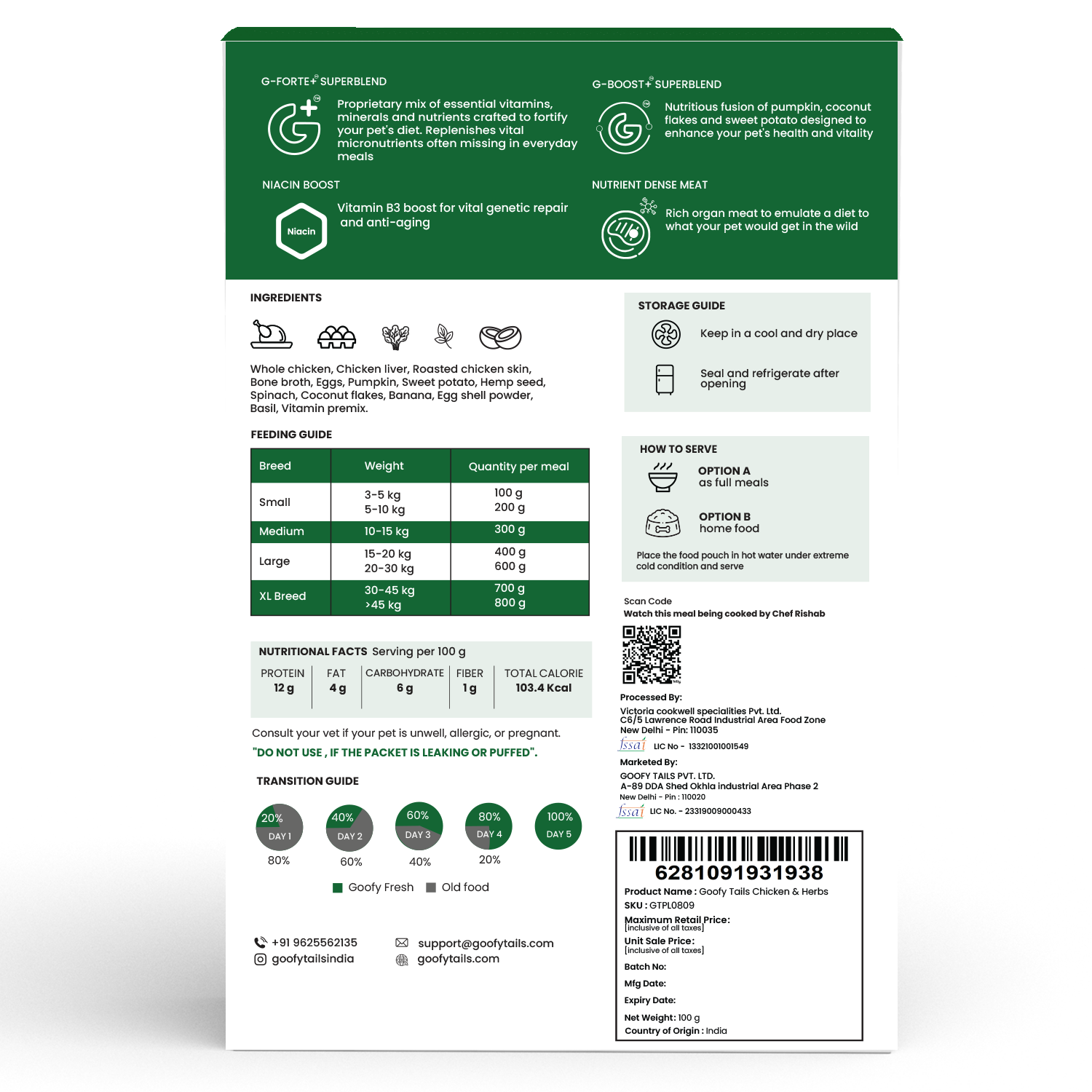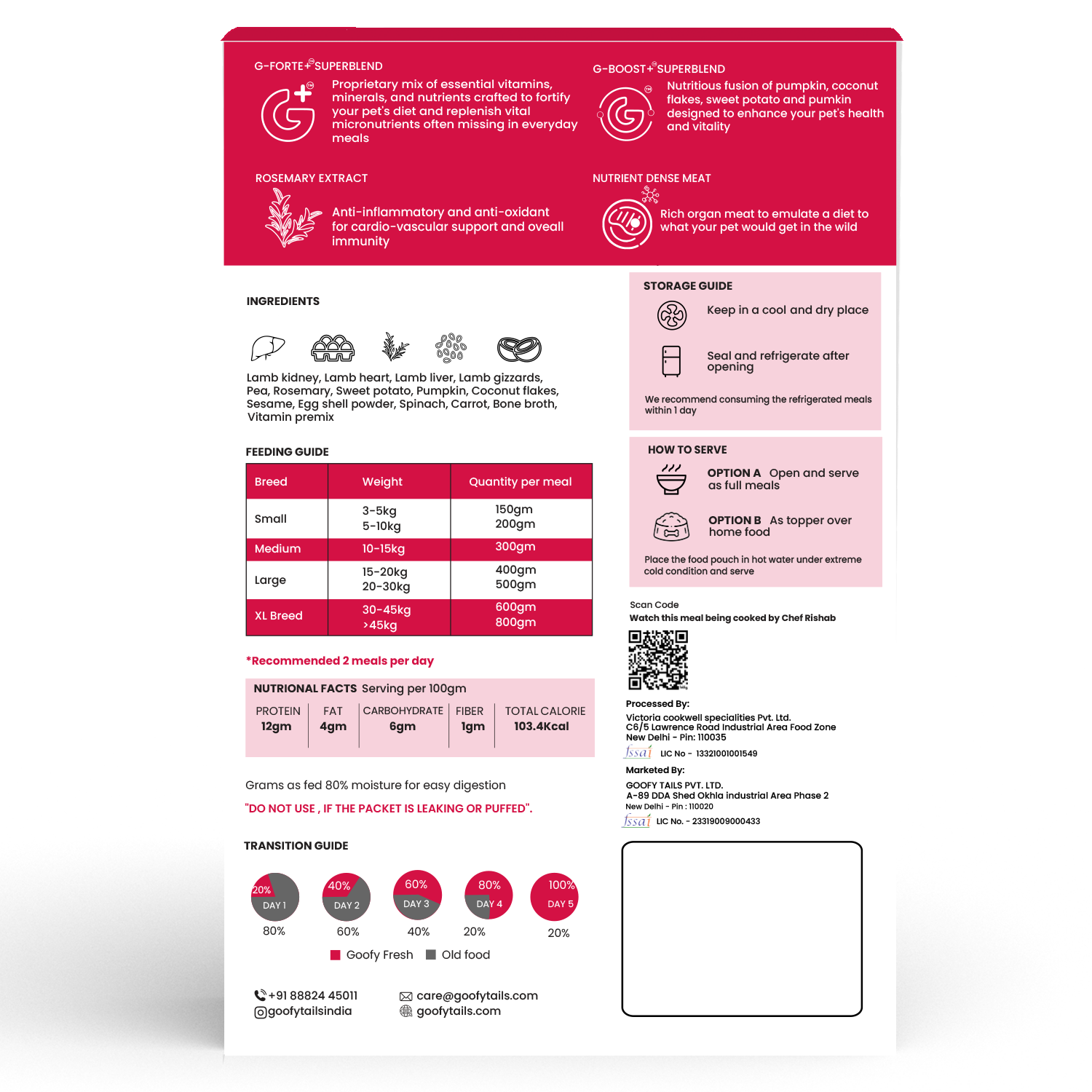How to care for dogs that have trouble walking or mobility issues?

Mobility challenges in dogs can be heartbreaking for pet parents to witness. Whether caused by age, genetics, or injuries, difficulty walking doesn’t just affect a dog’s movement; it impacts their quality of life, independence, and emotional well-being. The good news is that with proper care, support, and preventive steps, many dogs can continue to lead happy, comfortable lives.
What Can Cause Mobility Issues in Dogs?
There are multiple reasons why a dog may struggle with mobility:
-
Hip and Elbow Dysplasia – a genetic condition where the hip joint doesn’t develop properly or abnormal growth in the elbow joint, leading to pain and instability.
-
Arthritis – common in senior dogs, causing stiffness and joint pain.
-
Intervertebral Disc Disease (IVDD) – spinal disc problems that can affect walking.
-
Injuries – fractures, ligament tears (e.g., ACL/CCL injuries), or trauma.
-
Obesity – excess weight puts strain on joints and bones, accelerating wear and tear.
-
Neurological Disorders – conditions like degenerative myelopathy that affect coordination.
-
Age-related Weakness – natural muscle loss and reduced strength as dogs grow older.
-
Congenital or Developmental Issues – structural abnormalities present from birth.

What to Do for a Dog With Mobility Issues?
Supporting a dog with mobility challenges requires a holistic approach.
-
Joint Supplements – glucosamine, chondroitin, and omega-3 fatty acids help reduce inflammation and support joint health.
-
Weight Management – maintaining a healthy body weight reduces pressure on joints.
-
Balanced Diet – nutrient-rich food to support bones, joints, and muscles, such as protein-rich meats like lamb and chicken, spinach and kale, bone broth, etc.
-
Controlled Exercise – gentle walks, swimming, or hydrotherapy to keep muscles active without straining joints.
-
Mobility Aids – ramps for cars and furniture, non-slip mats, or dog wheelchairs for severe cases.
-
Supportive Bedding – orthopaedic beds reduce pressure points and provide comfort.
-
Stair Assistance – baby gates to prevent unnecessary climbing, or training dogs to use ramps.
-
Physiotherapy and Massage – improve blood circulation, muscle tone, and reduce stiffness.
-
Regular Vet Check-Ups – monitoring progression and adjusting treatment plans as needed.
How to Prevent Mobility Issues in Dogs?
While some conditions are genetic and cannot be completely prevented, many mobility problems can be delayed or reduced with proper care:
-
Start Weight Control Early – prevent obesity with portion control and healthy treats.
- Avoid Slippery Flooring - avoid having your dog walk on slippery floorings such as marble, especially if they're a large breed as this makes them prone to getting injured.
-
Provide Joint Support From a Young Age – supplements for breeds such as German Shepherds, Mastiffs and Boxers which are prone to dysplasia or arthritis.
-
Encourage Regular, Moderate Exercise – not too strenuous, but consistent to build strength and flexibility.
-
Avoid Overexertion in Puppies – prevent excessive jumping or running in large breeds during growth stages.
-
Use Ramps Early – train dogs to use ramps instead of jumping on/off furniture.
-
Dental and General Health Care – overall health supports mobility by reducing systemic inflammation.
-
Early Detection – watch for subtle signs like stiffness after rest, reluctance to climb stairs, or a bunny-hop gait.

Conclusion
Mobility issues don’t have to mean the end of an active, fulfilling life for your dog. With the right care, through diet, supplements, exercise, supportive aids, and preventive measures, dogs with mobility challenges can continue to thrive. Proactive parenting, early detection, and lifestyle adjustments can make all the difference in ensuring your dog enjoys comfort, dignity, and happiness at every stage of life.
















Leave a comment